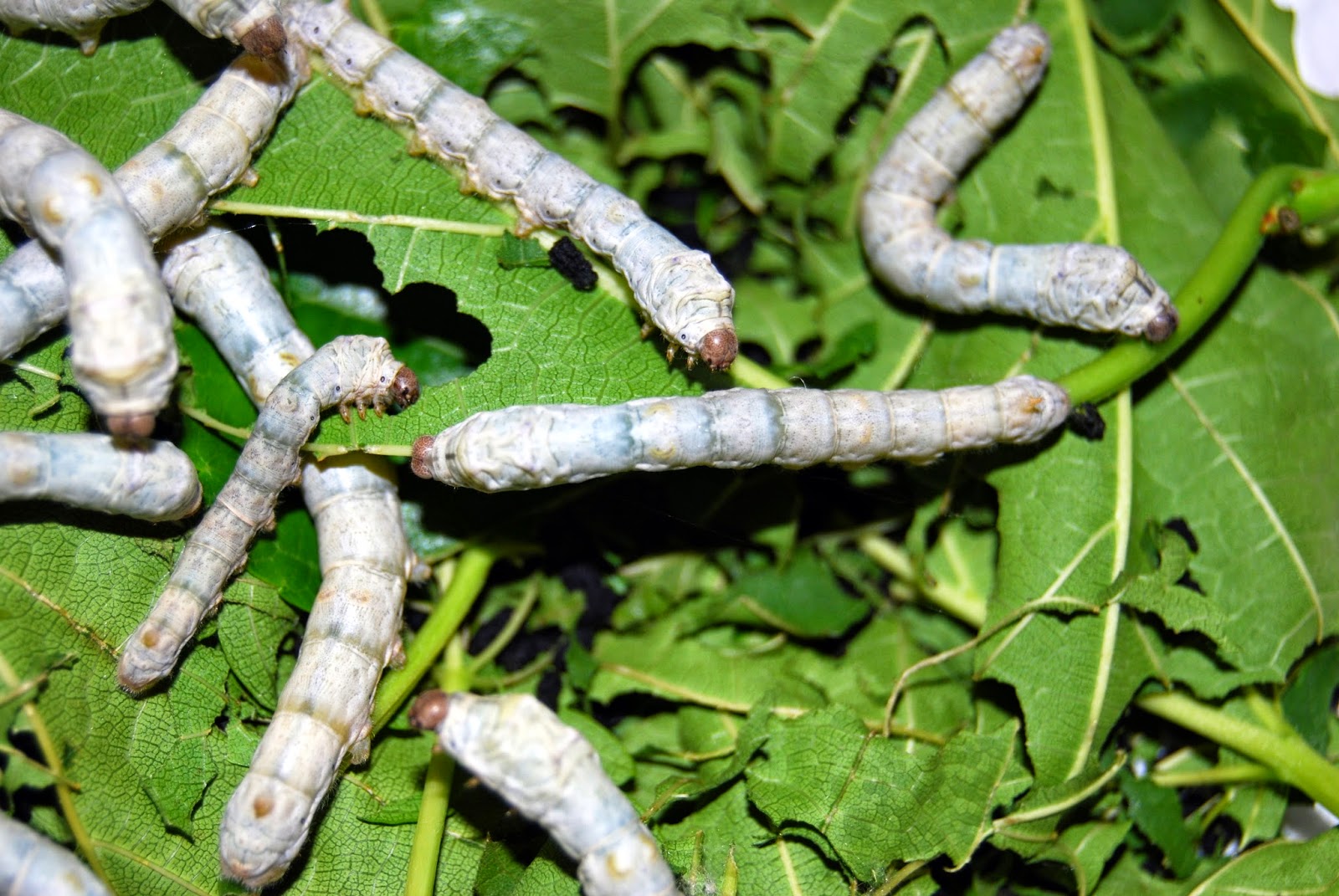- The protein fiber of silk is composed mainly of fibroin and is produced by certain insect larvae to form cocoons
- The best-known type of silk is obtained from the cocoons of the larvae of the mulberry silkworm Bombyx mori reared in captivity (sericulture).
- Silk has a long history in India. It is known as "Paat" in eastern India, Pattu in southern parts of India, and Resham in north India.
- India is the second largest producer of silk in the world after China. About 97% of the raw silk comes from five Indian states, namely, Andhra Pradesh, Karnataka, Jammu and Kashmir, Tamil Nadu and West Bengal.
- The word silk comes from Old English sioloc, from Greek σηρικός serikos, "silken", ultimately from an Asian source (cf. Chinese si "silk", Manchurian sirghe, Mongolian sirkek).
Saturday, November 29, 2014
Silk - Navo
Subscribe to:
Post Comments (Atom)


No comments:
Post a Comment